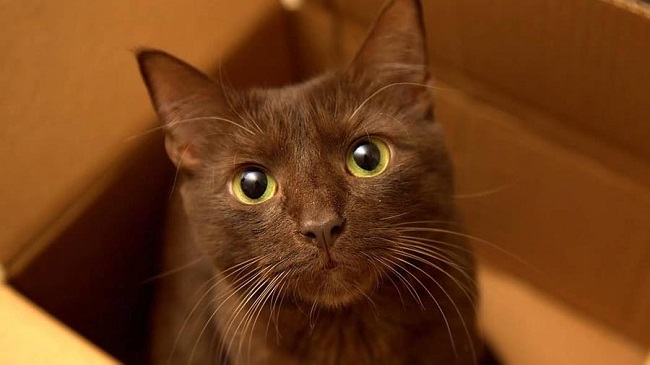Cat enthusiasts and potential pet owners often find themselves wondering, “Are Brown Cats Rare?” Feline coat colors and patterns are a captivating area of study, influenced by complex genetic factors.
This article will shed light on the rarity of brown cats, revealing interesting aspects of genetics, breed variations, and the unique charm of brown-coated felines.

Understanding Cat Coat Color Genetics
To comprehend why brown cats might be considered rare, it’s essential to understand the basics of feline coat color genetics. Cats have two primary pigments: eumelanin (black) and pheomelanin (red).
Read Also:
Variations in these pigments, controlled by different genes, result in the vast spectrum of coat colors seen in cats. The expression of the “B” gene determines whether a cat will have a black or brown coat.
A dominant “B” results in a black coat, while a recessive “b” leads to a brown or chocolate coat. As dominant genes tend to express more frequently in populations, brown cats, requiring two recessive “b” genes, can be rarer.
Are Brown Cats Rare?
While cats with a brown or chocolate coat are not as commonly seen as their black, white, or tabby counterparts, calling them ‘rare’ might be an overstatement.
Several breeds, such as the Havana Brown, Burmese, or certain color variations of Persian cats, frequently exhibit brown or chocolate coats.
However, these breeds themselves are less common compared to more prevalent ones like the domestic shorthair, which may contribute to the perception of brown cats as rare.
Popular Brown Cat Breeds
Havana Brown: Known for its rich, warm, brown coat and mesmerizing green eyes, the Havana Brown is one of the most popular brown cat breeds. Originally from England, this breed is recognized for its distinctive muzzle shape and muscular body.
Burmese: Burmese cats are often of a solid sable brown color, known for their muscular bodies and affectionate personalities. They are incredibly social and adapt well to families.
Chocolate and Lilac Persians: Persians, known for their long, luxurious coats, have various color variations, including chocolate and lilac (a dilute form of chocolate). These brown-coated Persians, though not as common as their white or blue counterparts, offer the same loveable and laid-back personality that the breed is known for.
The Allure of Brown Cats
The rarity of brown cats adds an element of uniqueness, but their charm extends beyond their coat color. Owners of brown cats often report their pets as having affectionate, playful, and intelligent personalities.
Brown cats, like all felines, make for loving and loyal companions, providing endless joy and companionship.
Brown Coat Health Implications
While the color of a cat’s coat is predominantly a cosmetic feature, it can sometimes correlate with specific health issues. Certain cat breeds, including those with brown coats, are prone to breed-specific conditions that potential owners should be aware of.
Havana Brown: Havana Browns are generally healthy, but like many breeds with a limited gene pool, they may be prone to certain genetic disorders. These can include retinal degeneration, which may lead to blindness, and certain types of heart disease.
Burmese: Burmese cats are prone to developing Hypokalaemia, a genetic disorder that causes episodes of skeletal muscle weakness, and diabetes mellitus. Regular check-ups and early detection can manage these conditions effectively.
Persians: The Persian breed, regardless of color, is susceptible to a host of genetic issues, including Polycystic Kidney Disease (PKD), Progressive Retinal Atrophy (PRA), and breathing difficulties due to their brachycephalic (flat-faced) nature.
It’s always essential to acquire cats from reputable breeders who prioritize health and temperament over appearance. Genetic testing and awareness of breed-specific issues are vital to ensure your brown cat lives a long, healthy life.
The Influence of Diet on Coat Color
While genetics are the primary determinant of coat color, diet can play a minor role in maintaining the vibrancy of your cat’s coat. Nutritional deficiencies, especially in proteins, vitamins, and fatty acids, can dull a cat’s coat.
Brown cats, just like cats of any other color, benefit from a balanced diet to keep their fur in tip-top condition. Always consult your vet for dietary advice tailored to your specific breed and individual cat.
Read Also:
Conclusion
So, Are Brown Cats Rare? While they may not be as widespread as other colors, several breeds proudly wear a brown or chocolate coat.
Their uniqueness in coat color combined with their endearing personalities makes brown cats a fascinating addition to any cat-loving home.
This exploration into the world of feline coat colors showcases the wonder of genetics and the broad diversity within our beloved four-legged friends.
























